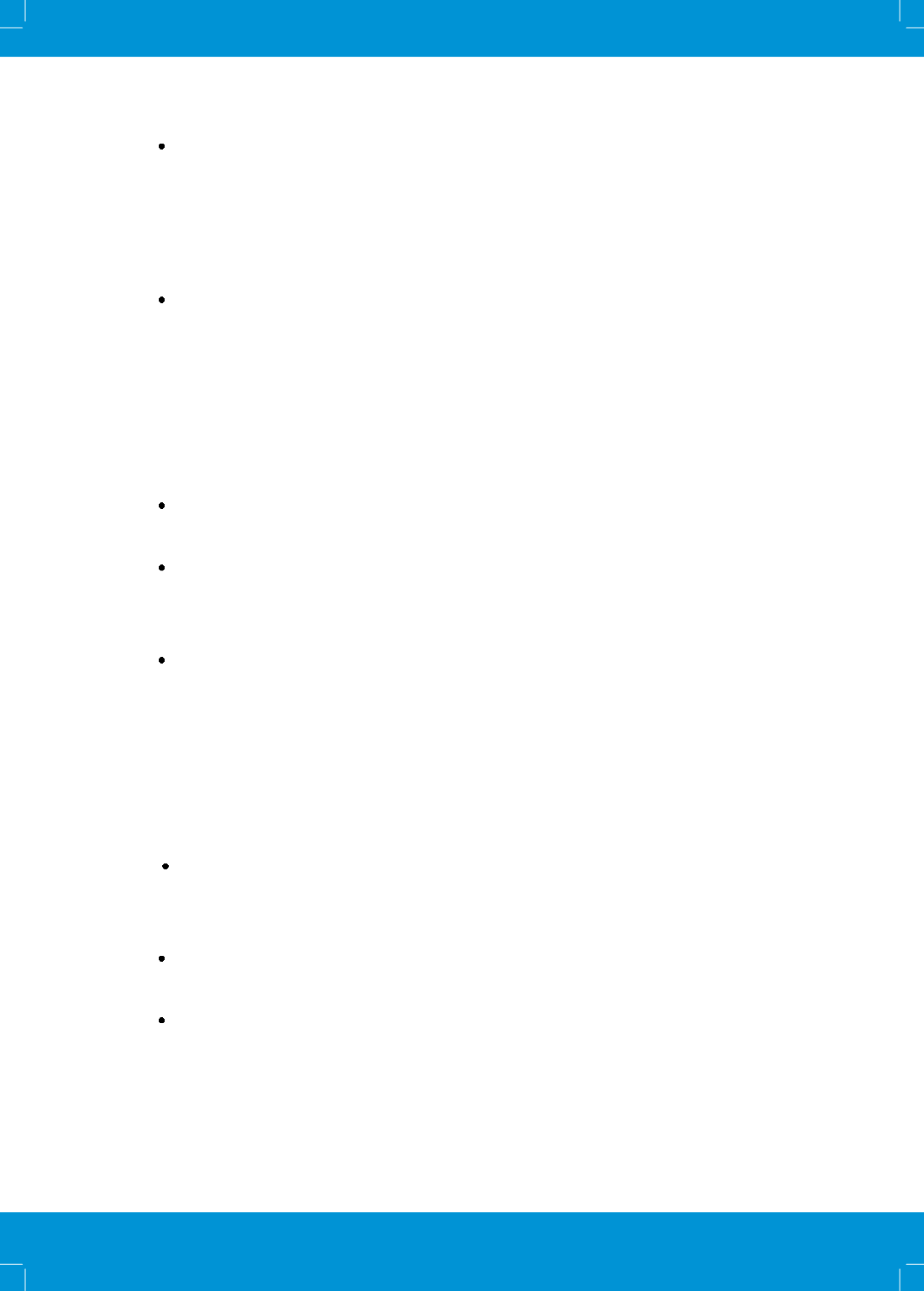

The index case should be interviewed as soon as possible after diagnosis
(generally within 1 week) to elicit the names of household and close contacts.
Data from the contact investigation should be collected in a standardized
format and should routinely be evaluated. (Information to be recorded in the
treatment card)
Reverse contact tracing should be done for all paediatric TB patients.
Health Care Workers
Health care workers are at greater risk of getting TB infection and also at a higher
risk of getting active disease. The National Airborne Infection Control guidelines
advocate Health Care worker Surveillance as a component of the Hospital / Health
facility Infection Control Plans.
Pre placement screening and routine annual screening with Chest
radiography of all the health care workers is strongly recommended.
If Health care worker surveillance is an existing policy in the health institution,
facility or department then chest X-ray screening may be added on to the
protocol.
Healthcare workers presenting with symptoms of TB should be evaluated.
Malnourished Children
Malnutrition is a strong risk factor for progression from TB infection to disease
among children. As per the TB management guidelines in the paediatric population
issued by RNTCP, all malnourished children are eligible for TB screening and
diagnostic evaluation.
Active screening for TB symptoms with chest X-ray as the screening tool (or
symptom screening if X- ray is not available) should be undertaken among
children with malnourishment that attend any health facility .
Engage and collaborate with Nutritional Rehabilitation Centres for routine
screening of TB in malnourished children attending these centres.
Regular symptomatic screening of malnourished children attending the
Anganwadi centres.
162


















